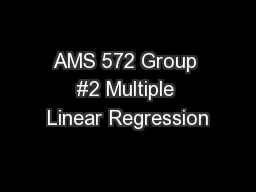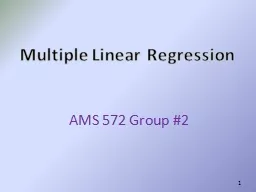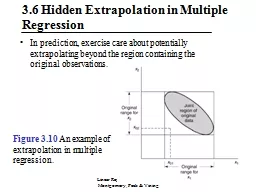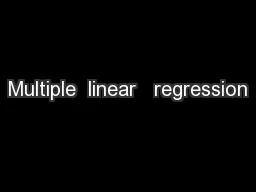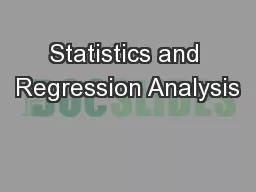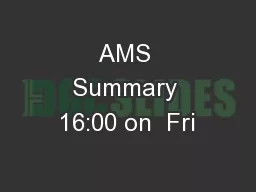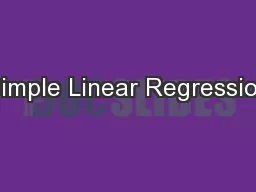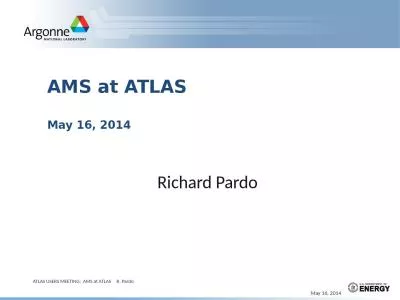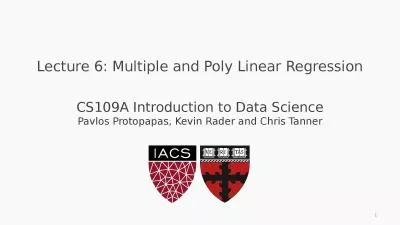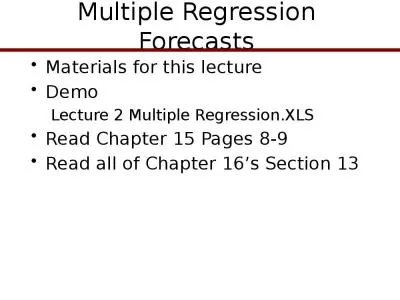PPT-AMS 572 Group #2 Multiple Linear Regression
Author : alida-meadow | Published Date : 2018-02-23
1 2 3 Outline Jinmiao FuIntroduction and History Ning MaEstablish and Fitting of the model Ruoyu ZhouMultiple Regression Model in Matrix Notation Dawei Xu and
Presentation Embed Code
Download Presentation
Download Presentation The PPT/PDF document "AMS 572 Group #2 Multiple Linear Regress..." is the property of its rightful owner. Permission is granted to download and print the materials on this website for personal, non-commercial use only, and to display it on your personal computer provided you do not modify the materials and that you retain all copyright notices contained in the materials. By downloading content from our website, you accept the terms of this agreement.
AMS 572 Group #2 Multiple Linear Regression: Transcript
Download Rules Of Document
"AMS 572 Group #2 Multiple Linear Regression"The content belongs to its owner. You may download and print it for personal use, without modification, and keep all copyright notices. By downloading, you agree to these terms.
Related Documents

